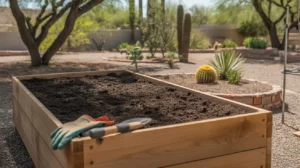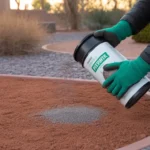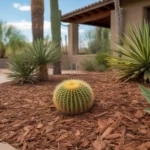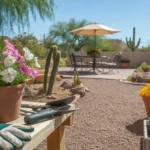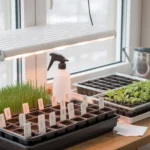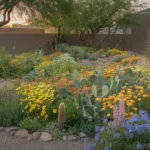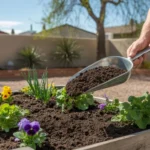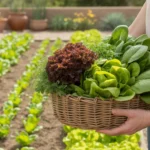As the Arizona spring slowly unfolds, it’s the perfect time to get your raised beds ready for a bountiful growing season ahead. By refreshing your soil in sync with key dates on the local gardening calendar, you can set your Southeast Valley garden up for success. Let’s dive into the steps to revitalize your raised beds just in time for spring planting.
📅 Timing Your Soil Refresh with Arizona Events
In the Southeast Valley, mid-February through March is prime time for prepping raised beds. Key dates to keep in mind:
- Feb 15-28: Great time to start seeds indoors for spring crops like tomatoes, peppers, and eggplant
- Early March: Maricopa County Home & Garden Show – get inspired and stock up on supplies
- Mid-March: Soil temps hit 50°F+ consistently, perfect for working the beds
- Late March: Final frost date passes, time to harden off seedlings and direct sow
By timing your raised bed refresh to this schedule, you’ll have rich, nourished soil ready right when your spring seedlings need it most. Plus, you can take advantage of seasonal plant sales and local wisdom at area garden events.
🧤 Removing Weeds and Spent Crops
Start by cleaning out any lingering cool-season crops that are past their prime. Broccoli, cauliflower, and lettuce tend to bolt and turn bitter as the days warm. Pull these out, roots and all, to make room for spring veggies.
Next, thoroughly weed your raised beds, getting all the roots out. Early spring weeds like dandelion, henbit, and chickweed are easier to pull when the soil is slightly moist. Skipping this step will make your garden more weed-prone later on.

🍂 Topping Off with Compost and Fresh Soil
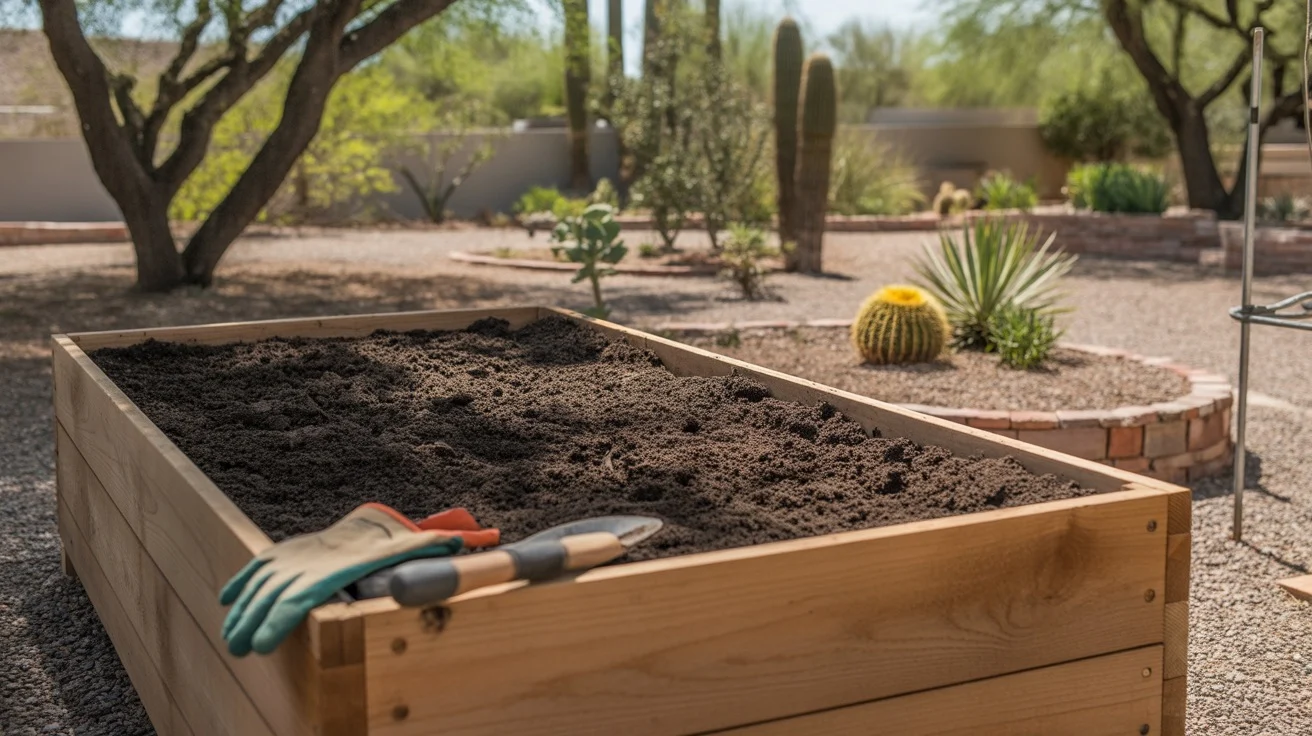
Arizona’s intense heat and low rainfall can deplete raised bed soil over time. Early spring is the ideal time to recharge it with organic matter. Add a 1-2″ layer of well-aged compost, working it into the top few inches of soil with a garden fork.
If your soil level has dropped dramatically, top it off with a few inches of fresh, high-quality raised bed mix. Look for blends with coconut coir, worm castings, and mycorrhizae for the best results in the low desert. Avoid mixes with large wood chips that could tie up nutrients.
Aim for a total depth of 8-12″ of rich, fluffy soil to give your spring seedlings plenty of room to root. This will also improve drainage and prevent compaction as you water and tend your crops.
💧 Pre-Moistening and Fertilizing
Before you plant, give your refreshed raised bed soil a deep, gentle watering. The goal is to saturate the soil to settle it in place without compacting it. Water until you see it draining out the bottom of the bed.
Once the soil is evenly moist, add a balanced, slow-release organic fertilizer according to package directions. Options like feather meal or Dr. Earth Tomato, Vegetable & Herb Fertilizer work well. Gently scratch it into the top inch of soil.
Your lush, nourished raised bed soil is now primed for planting. Whether you’re transplanting robust seedlings you started indoors or direct sowing crops like beans and squash, they’ll thrive in this fertile environment.
🌱 Planting Tips for Arizona Spring Conditions
In the sunny, arid Southeast Valley, a few extra steps during planting can really pay off:
- Plant in the evening or on an overcast day to reduce transplant shock
- Provide shade for tender seedlings using shade cloth or berry baskets
- Mulch around plants with straw or dried grass clippings to retain moisture
- Set up drip irrigation or soaker hoses on a timer for consistent watering
With your raised bed soil refreshed and replanted, you’ll be ready to enjoy the abundance of Arizona’s spring growing season. As the weather warms and new growth takes off, keep an eye out for local garden tours and plant sales to expand your skills and stock up on summer crops.

